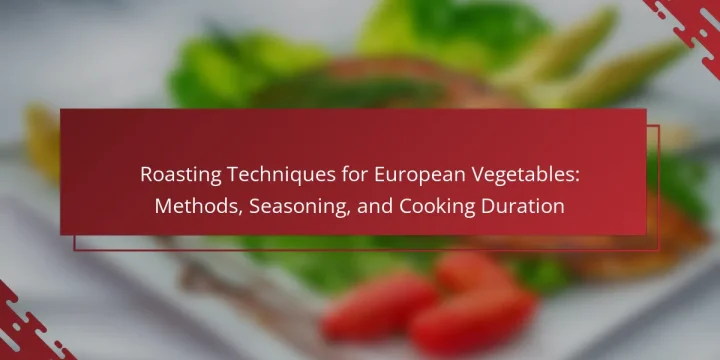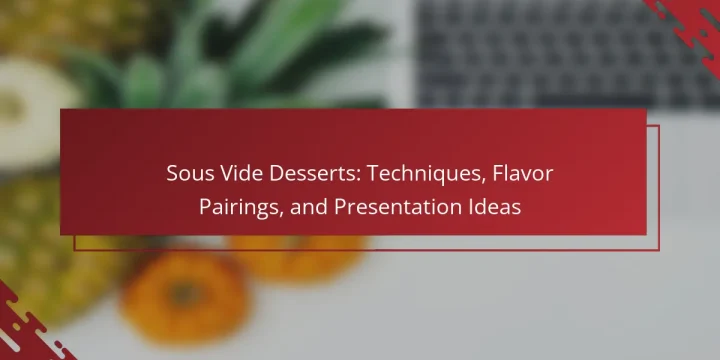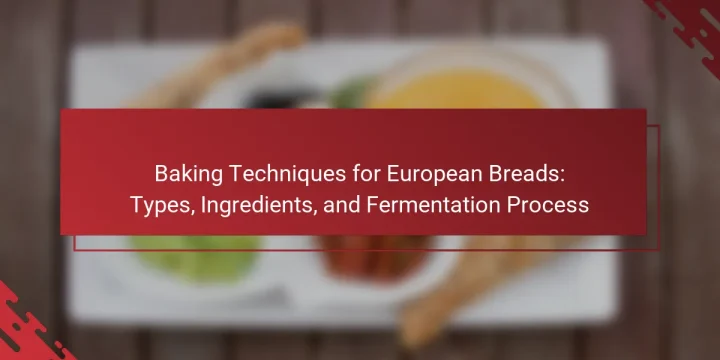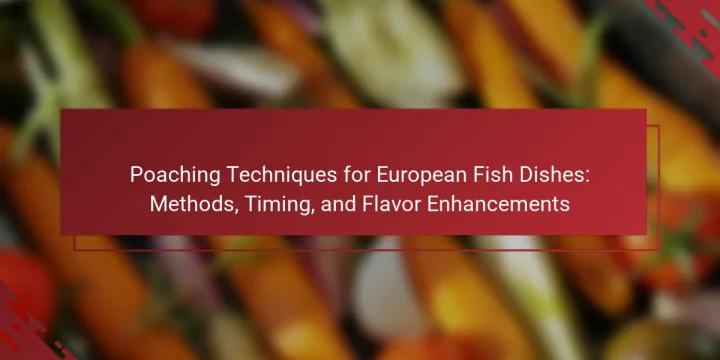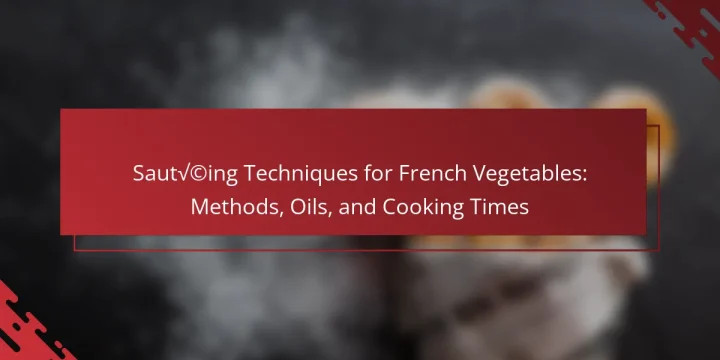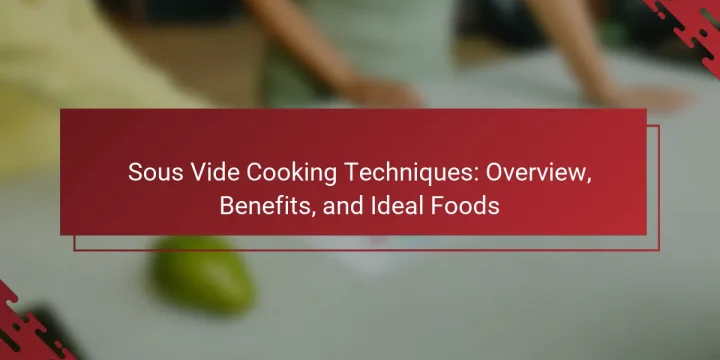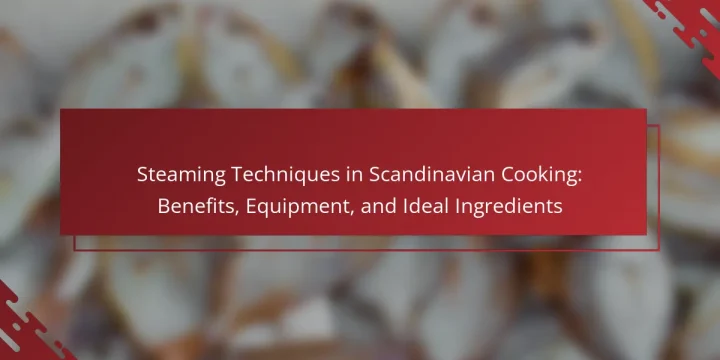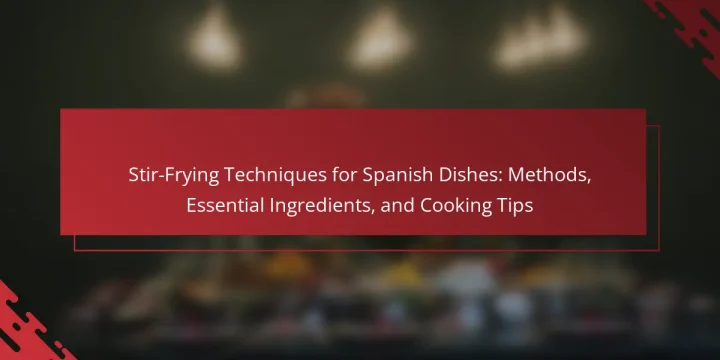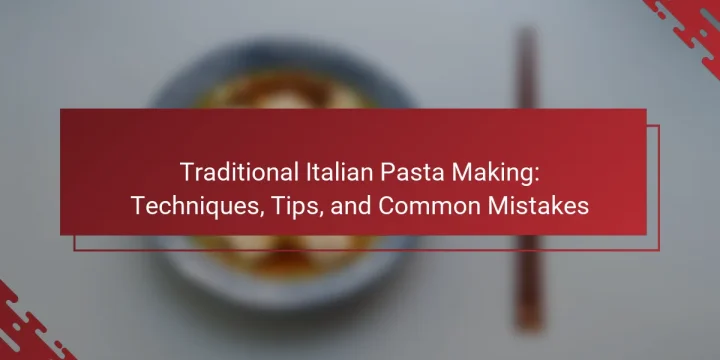
Traditional Italian pasta making is a culinary process that involves creating pasta from basic ingredients such as flour, water, and eggs. This article delves into the historical significance of pasta in Italian culture, highlighting regional variations in shapes and recipes. It addresses common mistakes made during the pasta-making process, including the use of incorrect flour types and improper dough handling, while offering practical tips to enhance pasta quality. Key techniques discussed include the importance of using high-quality flour, adequate kneading, resting the dough, and proper cooking methods to achieve the ideal texture and flavor of authentic Italian pasta. What is Traditional Italian Pasta Making? Traditional Italian pasta making is a culinary process that involves the preparation of pasta from scratch using basic ingredients. This method typically utilizes flour, water, and…
